Home>Garden Essentials>How Long Do I Need To Wait To Seed After Weed Killer
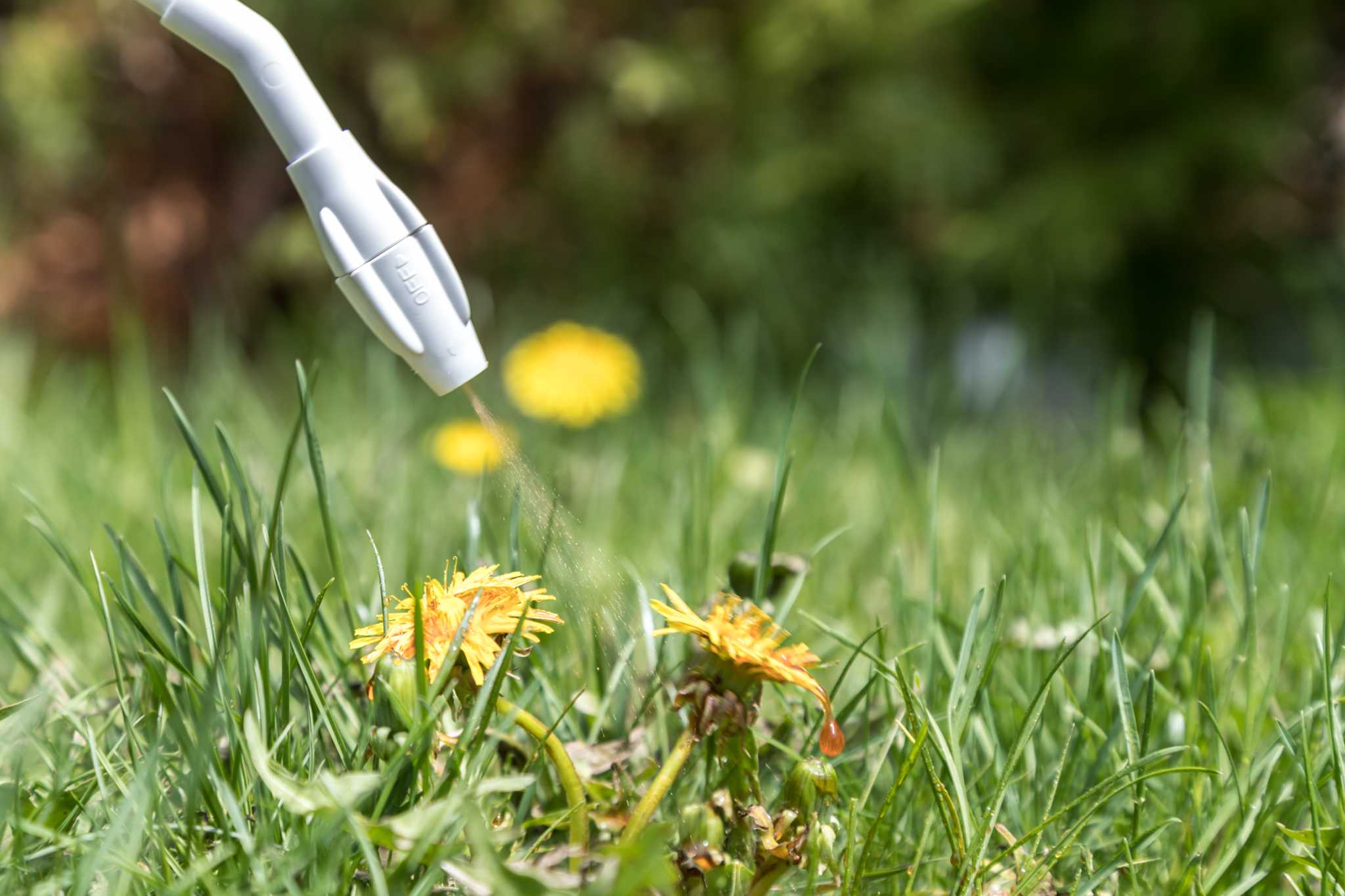

Garden Essentials
How Long Do I Need To Wait To Seed After Weed Killer
Modified: March 15, 2024
Discover how long you need to wait before seeding your garden after applying weed killer. Get expert advice on timing and ensure a successful planting season.
(Many of the links in this article redirect to a specific reviewed product. Your purchase of these products through affiliate links helps to generate commission for Storables.com, at no extra cost. Learn more)
Introduction
Gardening can be a rewarding hobby, but it often comes with challenges, including the presence of unwanted weeds. No matter how diligent you are with your gardening efforts, weeds can quickly invade and overtake your garden beds, robbing your plants of vital nutrients and sunlight. To combat these pesky intruders, many gardeners turn to weed killers to eliminate unwanted vegetation and create a healthier growing environment.
However, if you’re planning to seed new plants or grass in your garden after using weed killer, you may be wondering how long you need to wait before taking this next step. Seeding too soon after using weed killer can hinder germination, affect the health of new growth, and potentially waste your time and effort.
In this article, we will provide you with valuable insights into the waiting period required before seeding after weed killer application. We’ll explore the factors that influence the waiting time, the types of weed killers and their effects on the soil, and the practical steps you can take to ensure successful seeding once the waiting period is over.
So, if you’re ready to dig in and learn the optimal timing for seeding after weed killer application, let’s get started!
Key Takeaways:
- Wait at least 2-4 weeks after using selective weed killer before seeding. For non-selective weed killer, wait 6-8 weeks to ensure successful plant growth.
- Prepare soil, choose the right seeds, and follow proper seeding techniques for healthy plant growth after the waiting period.
Understanding Weed Killers
Weed killers, also known as herbicides, are chemical substances formulated to eliminate weeds and unwanted vegetation. They are designed to target and disrupt the growth processes of weeds while sparing desired plants. Understanding the different types of weed killers, how they work, and their effects on soil and plants is crucial in determining the appropriate waiting time before seeding.
There are two main categories of weed killers: selective and non-selective herbicides. Selective herbicides are designed to target specific types of weeds while leaving desirable plants unharmed. Non-selective herbicides, on the other hand, are intended to kill all vegetation they come into contact with, making them useful for clearing large areas or getting rid of weeds in driveways or walkways.
The effectiveness of weed killers depends on their active ingredients and mode of action. Some herbicides work by inhibiting plant enzymes, disrupting protein synthesis, or interfering with cell division. Others may target specific metabolic processes in weeds, causing them to wither and die.
While weed killers are effective at eliminating weeds, they can also have unintended consequences on the soil and plants. Non-selective herbicides can leach into the soil and affect its fertility and nutrient levels. This can have a negative impact on the growth and establishment of new plants if seeded too soon after their application.
In addition, some weed killers can remain active in the soil for varying lengths of time, posing a risk to germinating seeds or newly planted vegetation. Understanding these effects is essential for determining the waiting period required before seeding to ensure optimal results.
It’s crucial to note that different weed killers may have varying impacts on soil and plant health. Some may have minimal residual effects, allowing for quicker seeding, while others may require a longer waiting period. Reading the product labels and understanding the active ingredients and their persistence can help you make informed decisions about when to seed after weed killer application.
Now that we have a basic understanding of weed killers and their effects on soil and plants, let’s dive deeper into the factors that can influence the waiting period before seeding after weed killer application.
Factors Affecting Seeding Time after Weed Killer Application
When it comes to determining the waiting time before seeding after weed killer application, several factors come into play. Understanding these factors will help you make an informed decision and ensure the success of your new plantings. Let’s explore the key factors affecting the seeding time after using weed killer.
Type of Weed Killer Used
The type of weed killer you use plays a significant role in determining the waiting time before seeding. As mentioned earlier, there are selective and non-selective herbicides. Non-selective herbicides will kill any vegetation they come into contact with, including desired plants and grass. In this case, a much longer waiting period is typically required before you can safely seed new plants or grass. Selective herbicides, on the other hand, are designed to target specific types of weeds, leaving desired plants unharmed. These types of weed killers may have shorter waiting periods before seeding is possible.
Active Ingredients and Their Persistence
The active ingredients in the weed killer can also influence the time you need to wait before seeding. Some herbicides break down relatively quickly in the environment, while others can persist in the soil for an extended period. Knowing the active ingredients and their persistence will give you an idea of how long you should wait before seeding. Reading the product label or consulting with a professional can provide you with information on the specific herbicide and its persistence.
Read more: How Long After Crabgrass Killer Can I Seed
Recommended Waiting Period
Each weed killer product will have a recommended waiting period before seeding. This information is typically provided on the product label. The waiting period can vary depending on the product and its active ingredients. Following the recommended waiting period ensures that any residual herbicide has dissipated or broken down sufficiently to minimize potential harm to new seedlings or grass.
Weather Conditions
Weather conditions can also impact the waiting time before seeding. Certain weather conditions, such as heavy rainfall or extreme temperatures, can influence the breakdown of herbicides and their effects on soil and plants. Ideally, you’ll want to choose a time when weather conditions are favorable for the quick dissipation of the weed killer and optimal germination and growth of newly seeded plants or grass.
Considering these factors will help you determine the appropriate waiting time before seeding after weed killer application. In the next section, we’ll discuss practical steps you can take to determine the waiting time and ensure successful seeding.
Determining the Waiting Period
Now that you are aware of the factors that influence the waiting time before seeding after weed killer application, it’s important to take proactive steps to determine the exact waiting period for your specific situation. Here are three practical methods to help you determine the waiting period:
Reading Product Labels
One of the first steps to take is to carefully read the product label of the weed killer you used. The label provides essential information about the product, including the recommended waiting period before seeding. It also includes detailed instructions on how to safely use the product, the active ingredients, and any precautions you need to take. By following the guidelines provided on the product label, you can ensure that you are giving your new seedlings the best chance of success.
Consulting with Professionals
If you are unsure about the waiting period or have specific concerns regarding your garden, it is advisable to consult with professionals in the field of horticulture or gardening. These experts can provide you with valuable insights and customized advice based on your specific circumstances. They can take into account factors such as the type of weed killer used, the soil composition, and the weather conditions to recommend an appropriate waiting period for seeding. Their expertise and experience can help you make educated decisions and avoid potential pitfalls.
Conducting a Soil Test
Conducting a soil test is another effective way to determine the waiting period before seeding. A soil test will provide you with valuable information about the current state of your soil, including its pH level, nutrient content, and any potential residues from the weed killer. Soil testing kits are widely available and easy to use. By analyzing the soil test results, you can gain a better understanding of the effects of the weed killer on the soil and make informed decisions on when to seed.
By taking these proactive steps to determine the waiting period, you can ensure that you are giving your new plants or grass the best chance of success while minimizing any potential risks from residual weed killer. Now that you have a better idea of the waiting period, let’s move on to discussing specific waiting times for common weed killers in the next section.
Waiting Time for Common Weed Killers
When it comes to the waiting time before seeding after using specific weed killers, it’s important to note that the waiting period can vary depending on the product and its active ingredients. Here, we will provide you with some general guidelines for popular weed killers:
Weed Killer A
Weed Killer A, with its selective formulation, is designed to target common broadleaf weeds while leaving desirable plants unharmed. In general, the recommended waiting period before seeding after using Weed Killer A is around two to four weeks. However, it is crucial to carefully read the product label for specific instructions and adhere to the recommended waiting period. Factors such as weather conditions, the type of soil, and the concentration of the weed killer used can also influence the waiting time.
Read more: How Long To Seed After Weed And Feed
Weed Killer B
Weed Killer B is a non-selective herbicide that effectively kills all vegetation it comes into contact with. Due to its potent nature, the waiting period before seeding after using Weed Killer B is typically longer compared to selective herbicides. In most cases, you should wait about six to eight weeks before seeding after using Weed Killer B. However, it is essential to read the product label for precise instructions and consult with professionals if you have any doubts or specific concerns.
Weed Killer C
Weed Killer C, a popular brand known for its effectiveness, is a selective herbicide that targets both grassy and broadleaf weeds. The waiting time before seeding after using Weed Killer C is generally within the range of three to six weeks. However, as with any weed killer, it is crucial to follow the instructions provided on the product label for the specific waiting period and take into account factors such as weather conditions and soil composition.
These waiting times are general guidelines and may vary based on factors such as the concentration of the weed killer, the specific species of weeds targeted, and environmental conditions. To ensure the best results, always refer to the product label for precise instructions and consult with professionals if you have any concerns or uncertainties.
Now that we have covered the waiting time for common weed killers, let’s move on to the next crucial steps involved in seeding after weed killer application.
Seeding After Weed Killer Application
Once the waiting period has passed and you have ensured that any residual effects of the weed killer have dissipated, it’s time to prepare the soil and proceed with seeding. Here are some important steps to follow when seeding after weed killer application:
Preparing the Soil
Before seeding, it’s crucial to prepare the soil properly. Remove any existing dead weeds or debris that may impede seed germination. Use a garden rake or a tiller to loosen the soil and create a smooth, even surface. Incorporate organic matter such as compost or well-rotted manure into the soil to improve its fertility and texture. This will provide an ideal environment for seeds to establish and thrive.
Read more: How To Regrow Grass After Weed Killer
Choosing the Right Seeds
When selecting seeds for your garden, consider factors such as the climate, sunlight requirements, and soil conditions. Choose seeds that are appropriate for your region and the specific planting area. Consider the type of plants you wish to grow, whether it’s flowers, vegetables, or grass. Opt for high-quality, fresh seeds from reputable sources to ensure a higher germination rate and better overall success.
Proper Seeding Techniques
Proper seeding techniques are essential for successful establishment of new plants or grass. Follow these guidelines to ensure optimal results:
- Spread the seeds evenly across the prepared soil, taking care not to broadcast them too densely. Use a seed spreader or your hands to achieve an even distribution.
- For smaller seeds, lightly rake them into the soil to ensure good seed-to-soil contact.
- Water the newly seeded area gently to provide moisture for germination. Avoid overwatering, as excessive moisture can lead to fungal diseases and rotting of the seeds.
- Maintain consistent moisture in the soil during the germination period. Water as needed, keeping the soil damp but not saturated. This will aid in the germination process and support the development of healthy seedlings.
- Follow any additional care instructions specific to the type of seeds you are planting, such as providing shade or applying a thin layer of mulch to conserve moisture and protect the seeds.
By following these steps, you’ll give your newly seeded plants or grass the best chance of thriving and establishing a healthy root system. It’s important to monitor the growth progress and provide ongoing care, such as regular watering and timely fertilization, to ensure their continued health and vigor.
Now that you are equipped with the knowledge and steps involved in seeding after weed killer application, you can confidently turn your attention to creating a beautiful and weed-free garden.
Conclusion
Gardening enthusiasts often face the challenge of dealing with unwanted weeds in their garden beds. Using weed killers can be an effective solution to eliminate these intruders and create a healthier growing environment. However, understanding the waiting period before seeding after weed killer application is essential to ensure the success of your new plantings.
In this article, we explored the different factors that affect the waiting time, including the type of weed killer used, the active ingredients and their persistence, the recommended waiting period, and the influence of weather conditions. We discussed the importance of reading product labels, consulting with professionals, and conducting soil tests to determine the appropriate waiting period for your specific situation.
We also provided some general guidelines for the waiting time of common weed killers. Remember that these waiting times can vary and it’s crucial to follow the instructions provided on the product labels for precise information.
Once the waiting period has passed, we delved into the necessary steps for seeding after weed killer application. Properly preparing the soil by removing debris, incorporating organic matter, and creating an even surface sets the foundation for successful seed germination and growth. Choosing the right seeds and following proper seeding techniques, such as even distribution and proper watering, are crucial for the establishment of healthy new plants or grass.
By following these guidelines and taking into consideration the waiting time and necessary steps, you can create a beautiful garden that is both weed-free and filled with thriving plants. Remember, gardening is a continuous process that requires ongoing care, attention, and patience.
So, armed with this knowledge and your passion for gardening, go ahead and tackle those weeds with confidence, knowing that you have the tools to create a flourishing and vibrant garden.
Frequently Asked Questions about How Long Do I Need To Wait To Seed After Weed Killer
Was this page helpful?
At Storables.com, we guarantee accurate and reliable information. Our content, validated by Expert Board Contributors, is crafted following stringent Editorial Policies. We're committed to providing you with well-researched, expert-backed insights for all your informational needs.
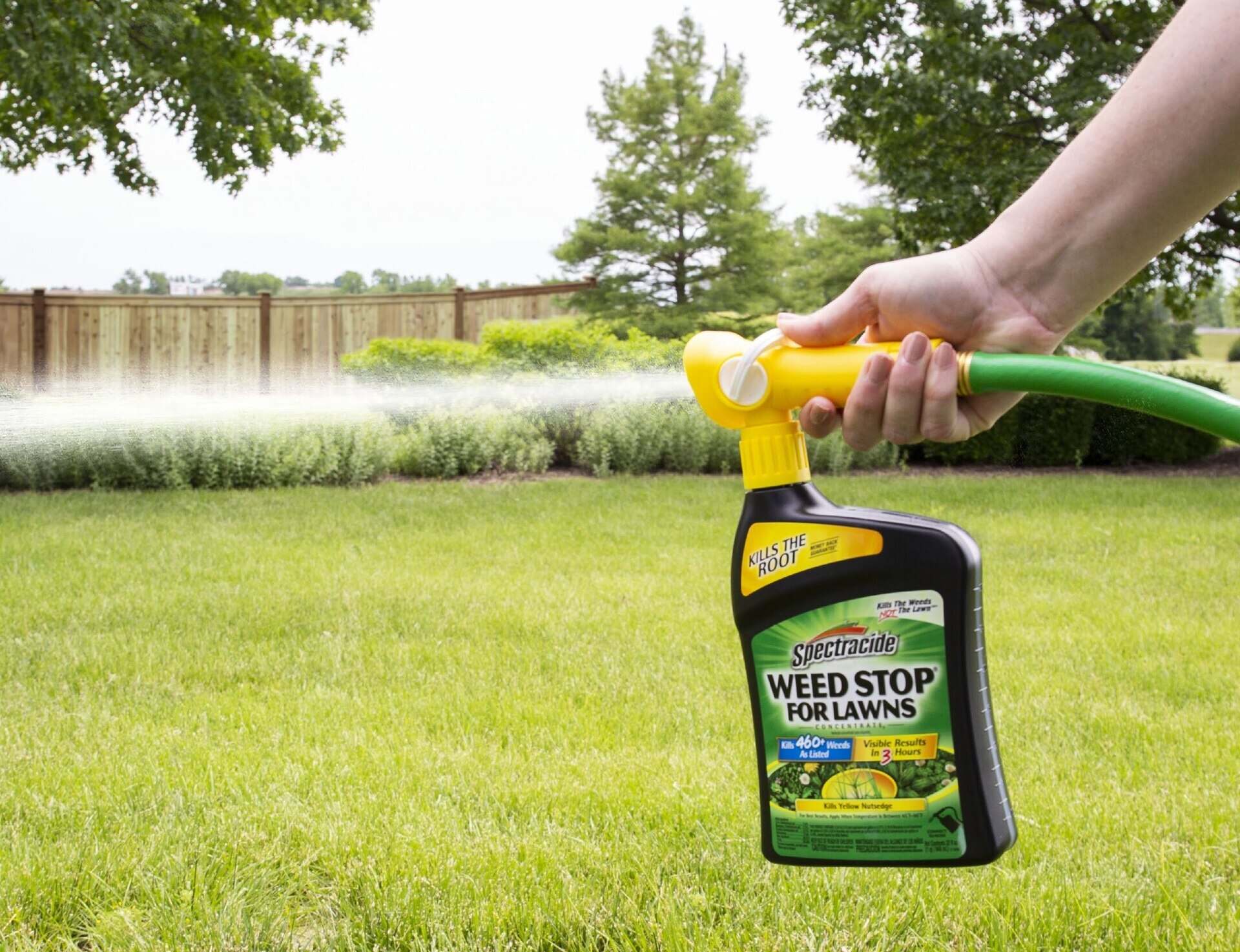
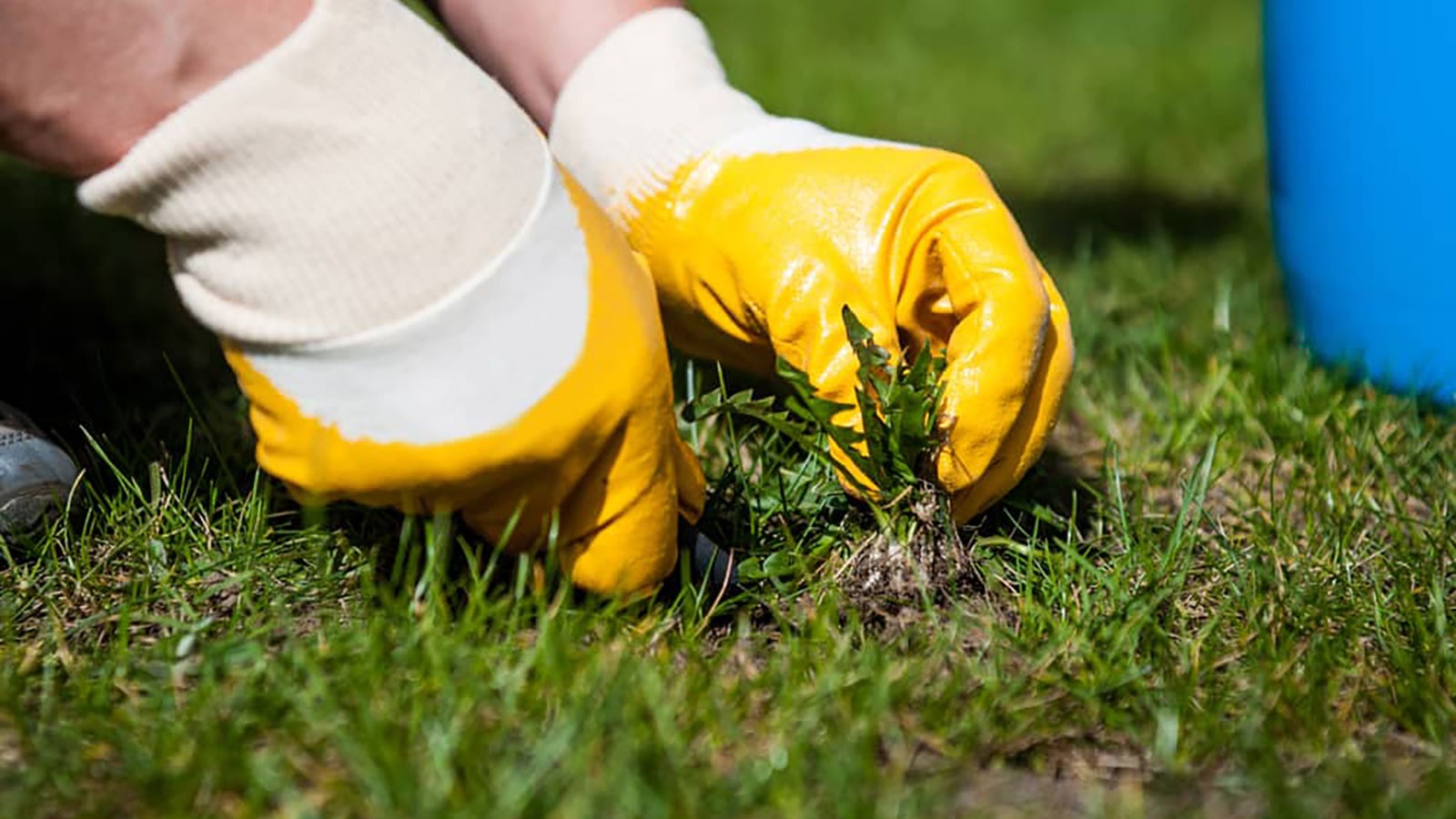
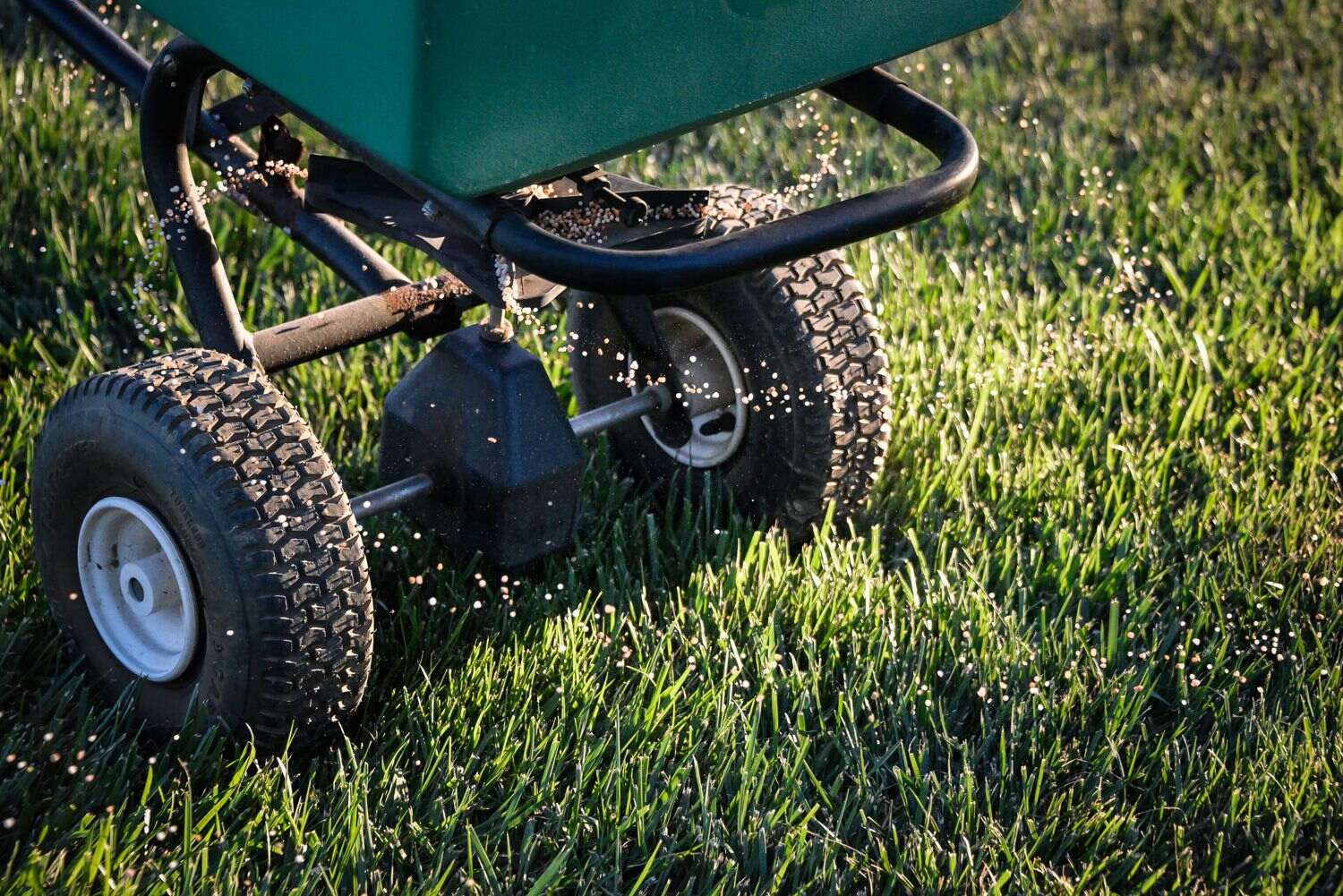
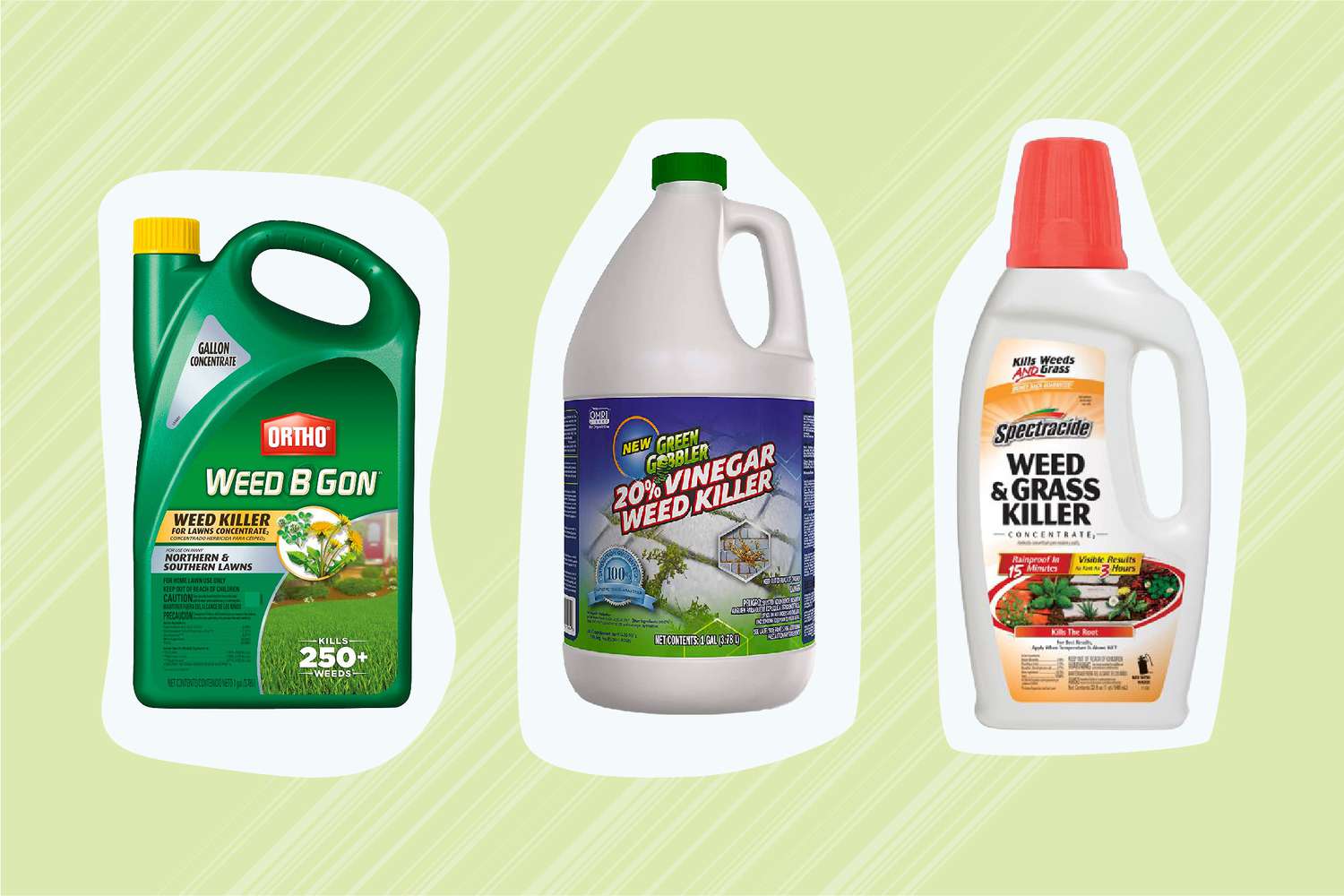
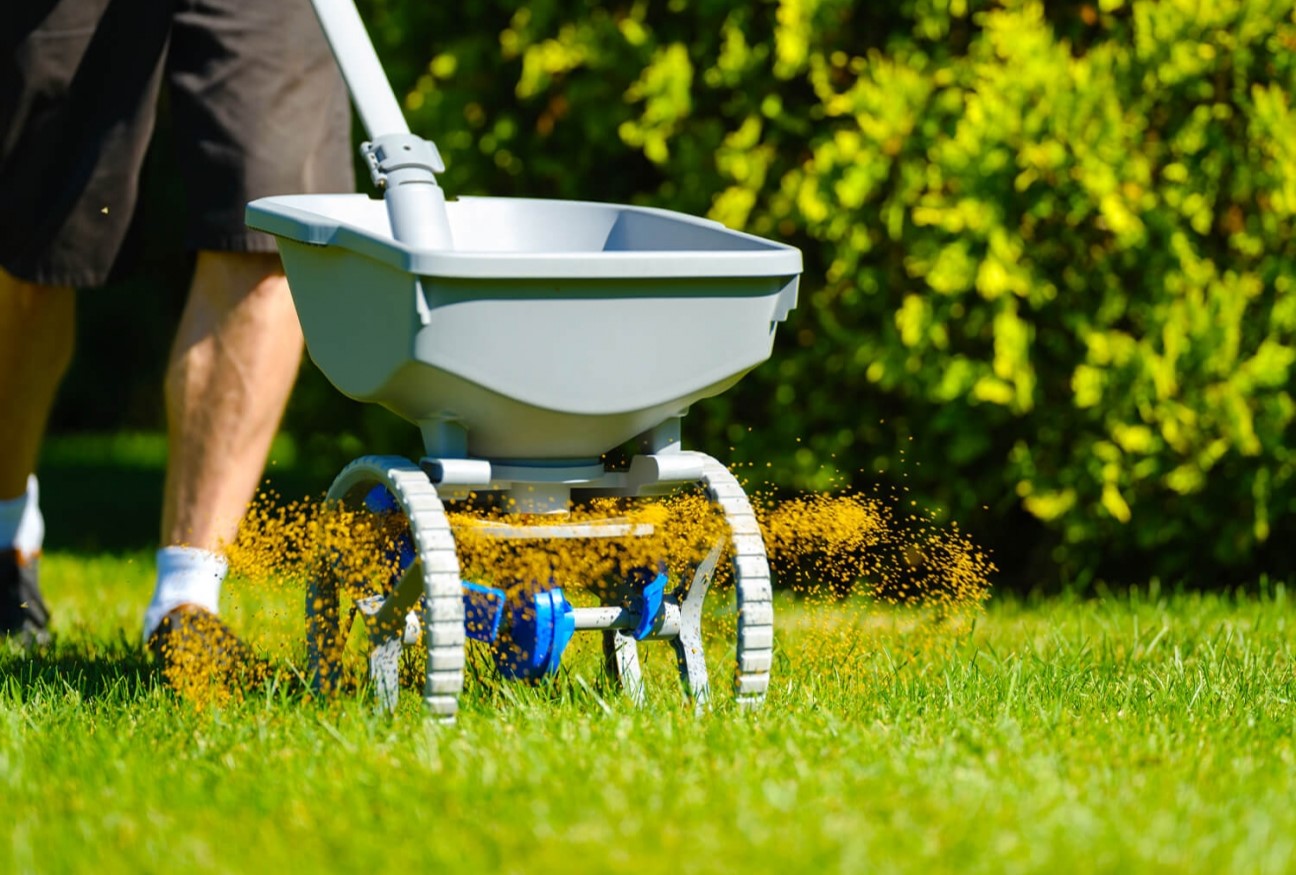
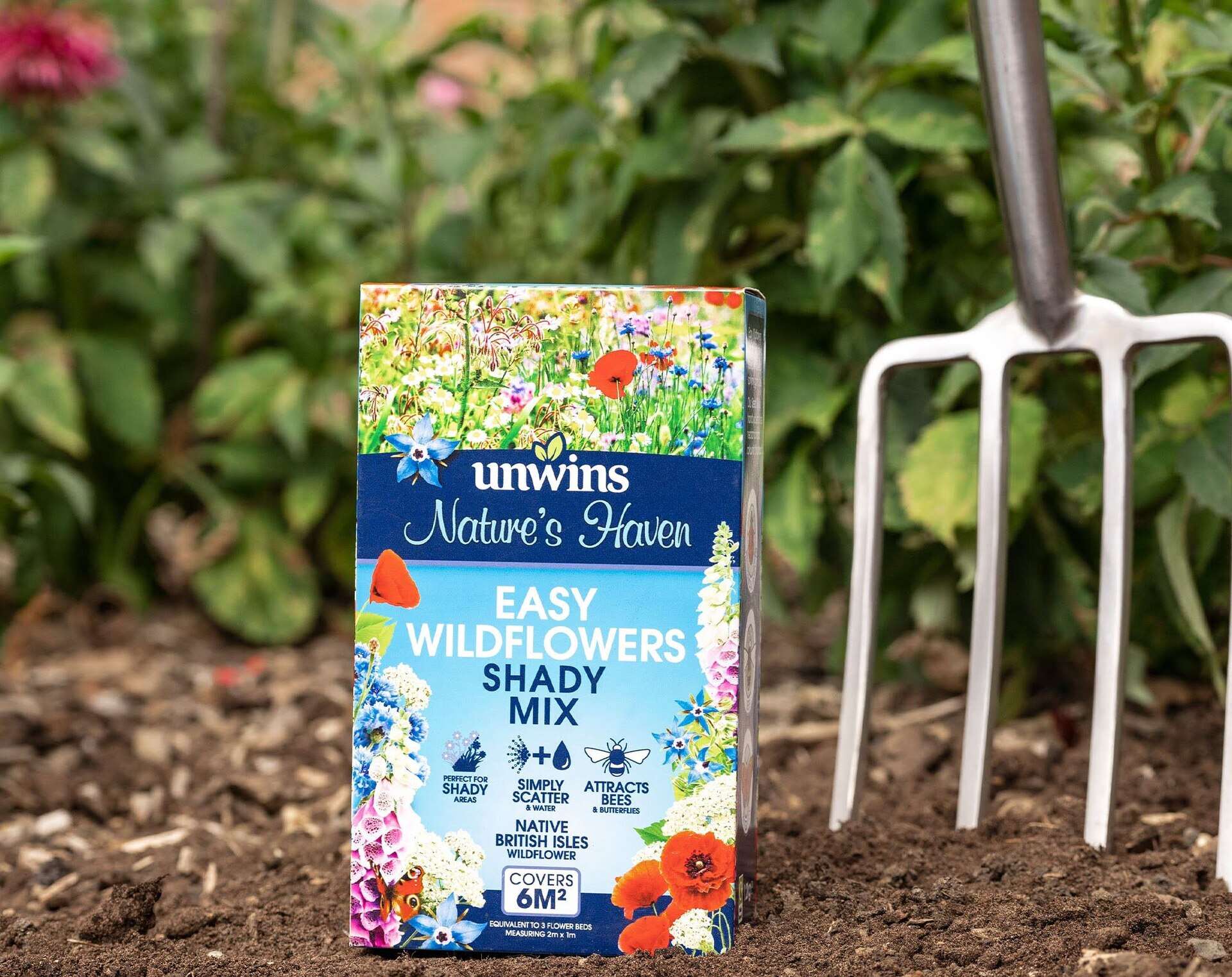
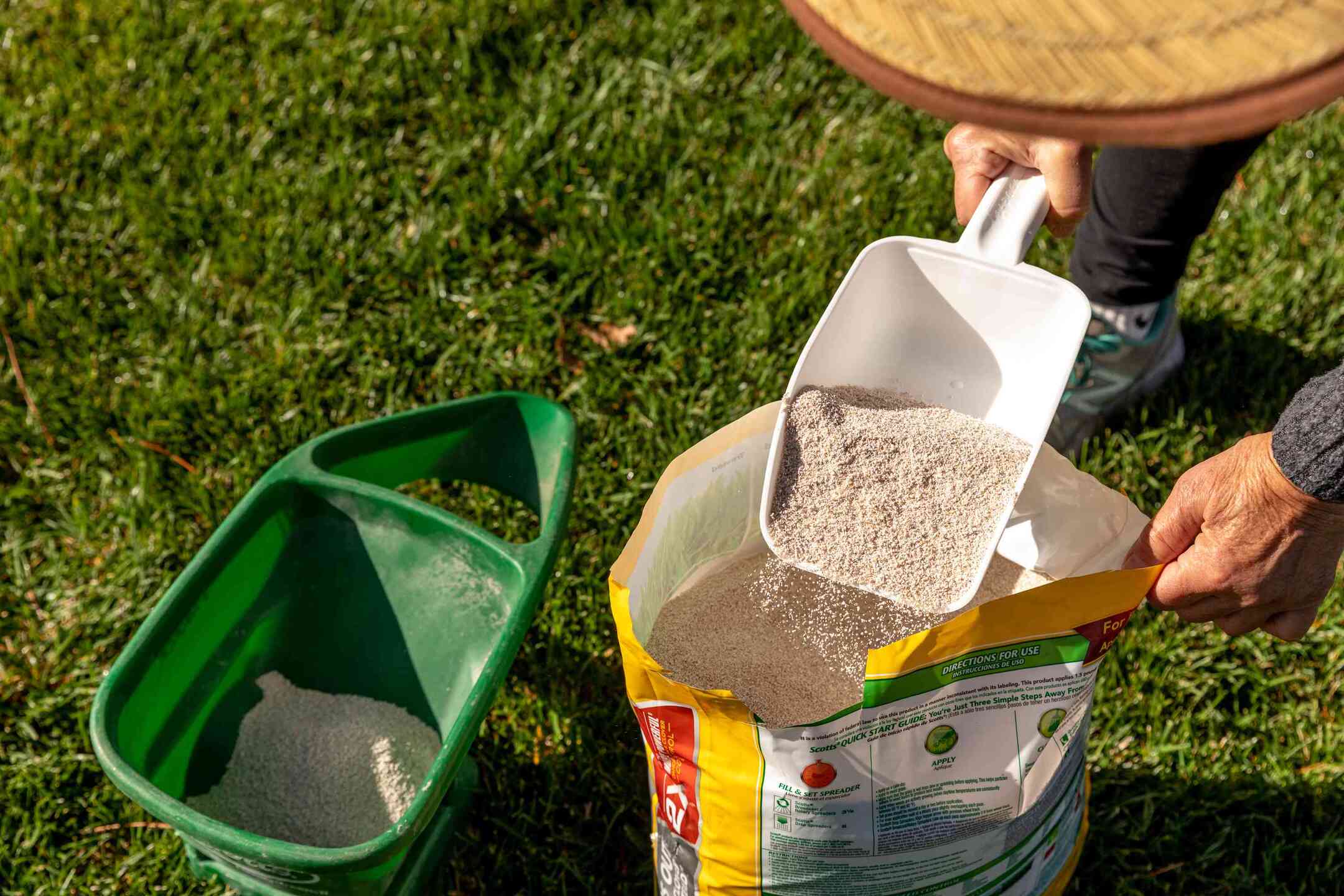
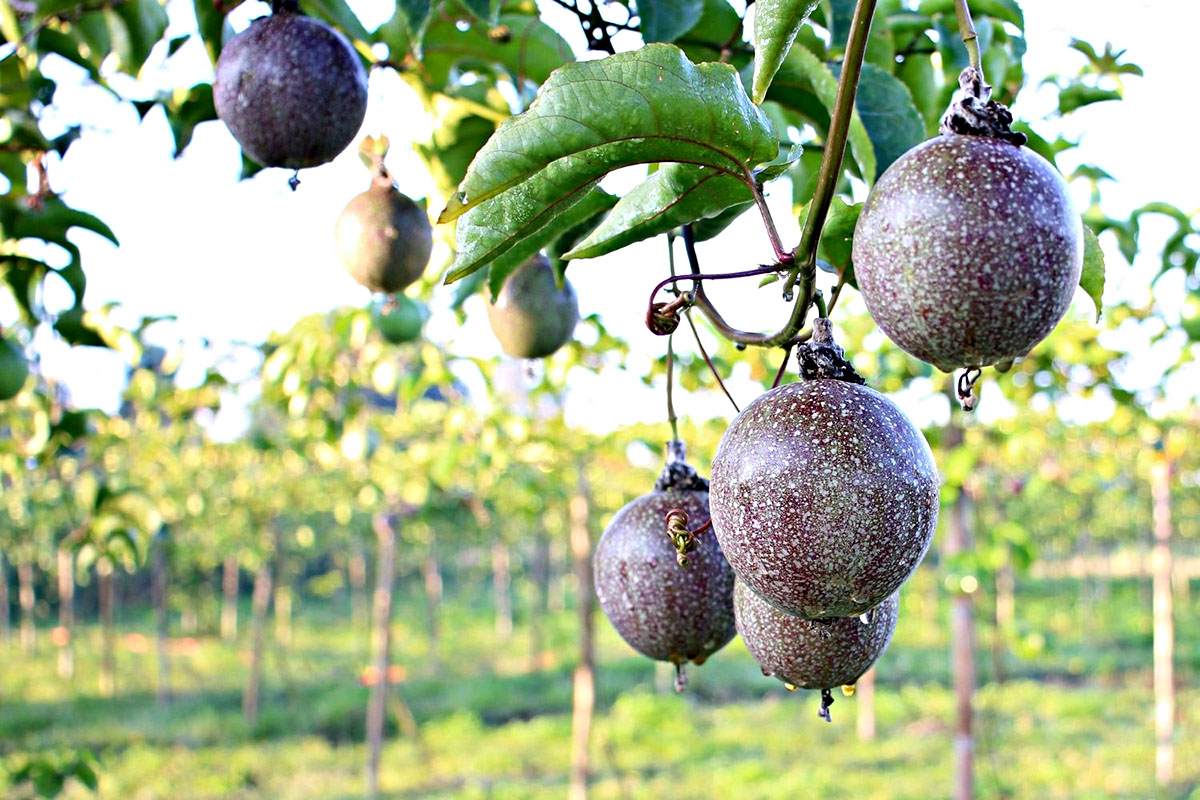
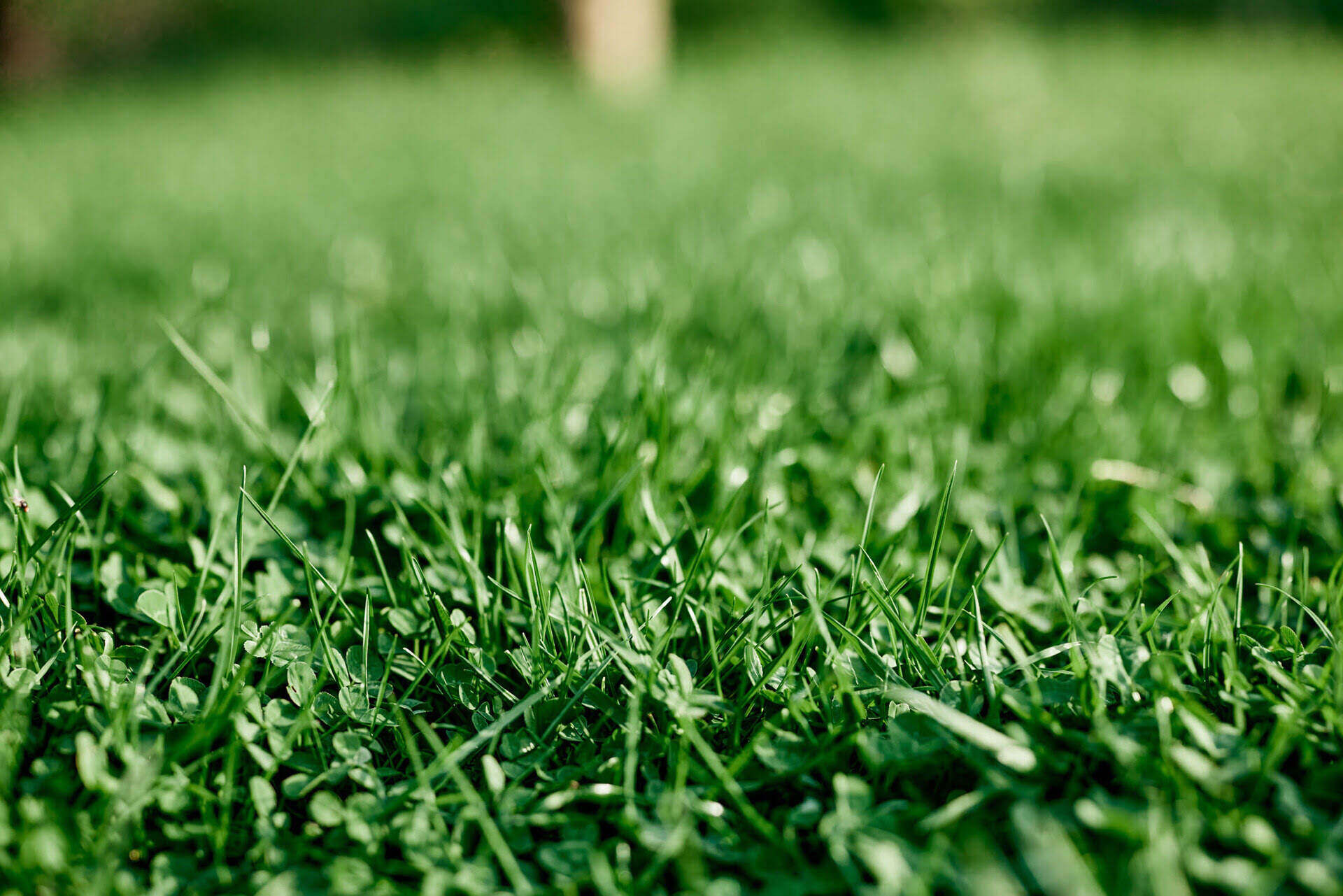
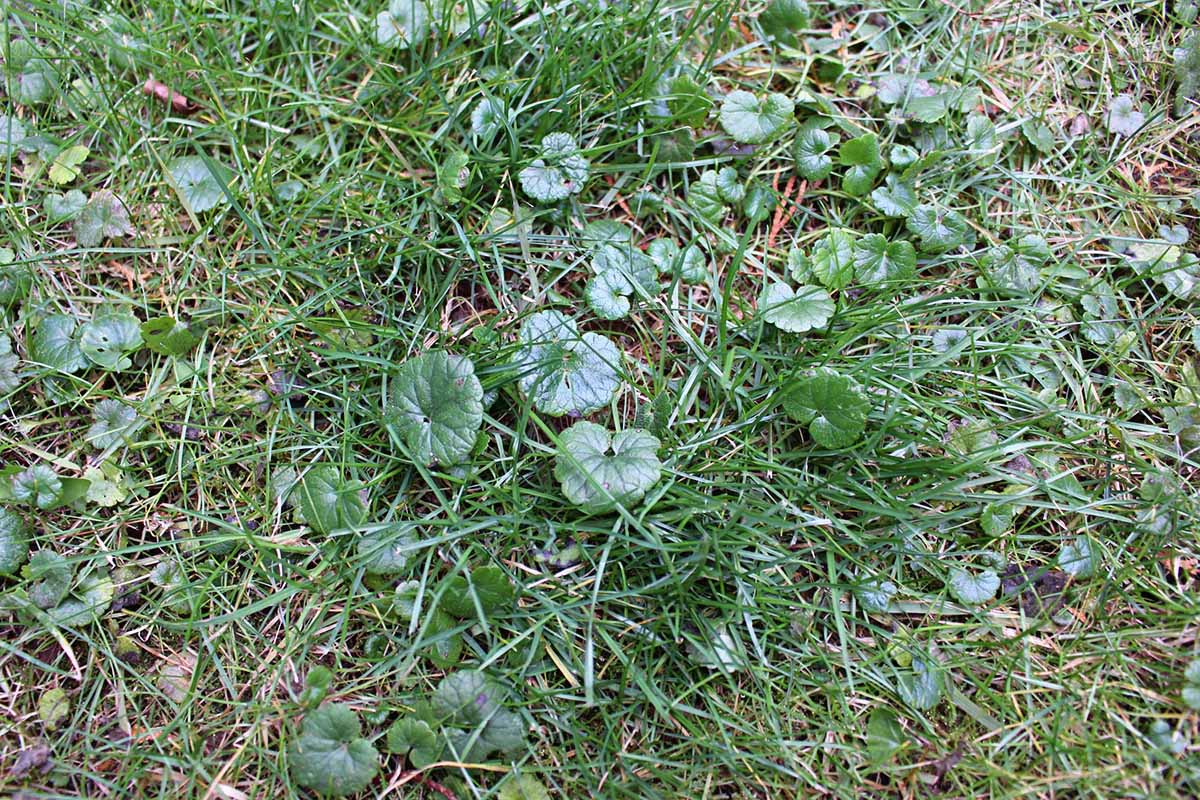


0 thoughts on “How Long Do I Need To Wait To Seed After Weed Killer”